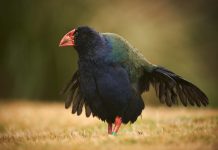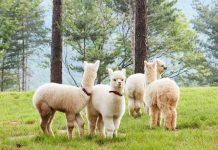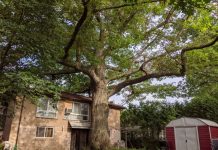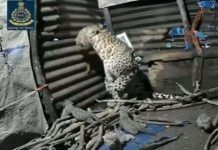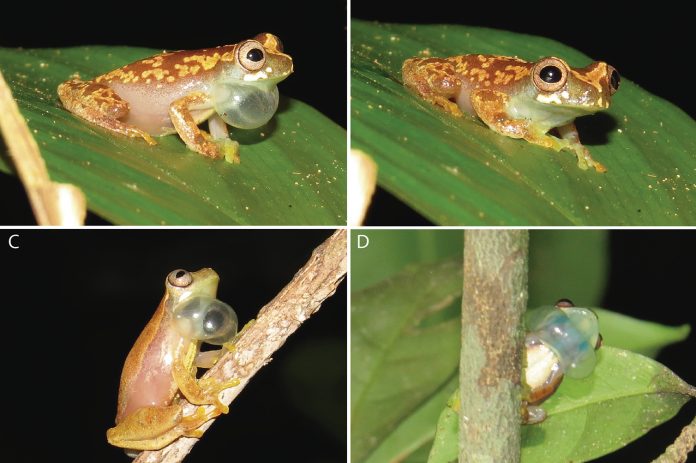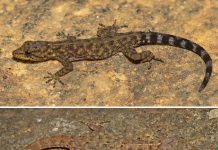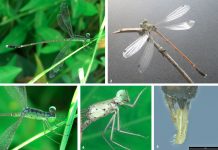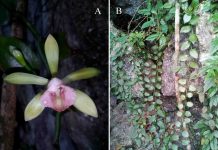The research group exhibits this new species is referred to the D. microcephalus species group, based on the molecular phylogenetic and morphological analyzes. The new species is confined to the eastern bank of the Upper Madeira River based on over the past 10 years of intensive sampling in the study area, but its geographic range is expected to include areas close to the Bolivian forest type. The South American frog genus, Dendropsophus, has been significantly underestimated, especially in Amazonia as shown by the recent studies. Obtaining high species diversity, 108 species are currently recognized, of which 66 occur in Brazilian Amazonia.
This frog having a green bilobate vocal sac, which mainly causes to differentiated from its congeners. These new species have and an advertisement call, emitting with a dominant frequency of 8,979–9,606 Hz, comprising 1–4 monophasic notes. The researchers believe that the unknown Dendropsophus with high dominant frequency calls represent at least two new species, which differ markedly in body shape, coloration, and molecular characters.
The Upper Madeira River, which is based for this study is characterized by high biodiversity; several priority areas for conservation have been identified in this region. Although, knowledge of the species diversity of amphibians in this specific area is still incomplete. The new taxon described From the Brazilian portion of the upper Madeira River, which is the first Dendropsophus species. Deforestation became an emerging issue associated with human settlements (Infrastructure development, illegal expansion of pastureland) reason to degradation of the habitats of those species. The forest was illegally cleared in 2016, which is located adjacent to the type locality of D. bilobatus sp. Nov. and the paratype locality is now surrounded by pastures.
Intrageneric variation in oral shape is not uncommon in anurans, as a result, the oral sac shape is a widely used characteristic of the anuran taxonomic and systematics. The D. bilobatus is the only species in the genus which possess a bilobate subgular vocal sac, With the exception of some members of the Dendropsophus marmoratus species group. Intrageneric changes in vocal sac shape have been associated with different breeding strategies in some neotropical anurans. For example, a small or indistinct single subgular vocal sac in phytotelmata-associated Osteocephalus is hypothesized to be a morphological adaptation for calling in small cavities relative to the large paired sacs of pond-breeding congeners. The researchers have not observed, any unusual feature of the breeding behavior or habitat of Dendropsophus bilobatus.
If you are interested to read more on this research, you can find the full research article in here DOI: 10.3897/zookeys.942.51864





